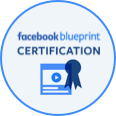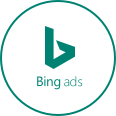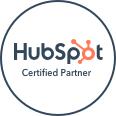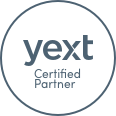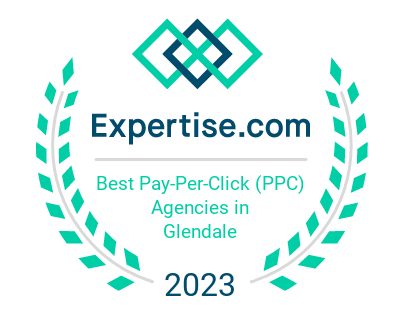
 There are a variety of factors that can impact your content’s ability to rank well in search engines. On-page SEO best practices refers to using deliberate strategies to optimize your content so that you achieve as much exposure as possible. Content without SEO strategy isn’t likely to keep up with the competition or be found by your target audience. On-page refers to the content as well as the HTML source code.
There are a variety of factors that can impact your content’s ability to rank well in search engines. On-page SEO best practices refers to using deliberate strategies to optimize your content so that you achieve as much exposure as possible. Content without SEO strategy isn’t likely to keep up with the competition or be found by your target audience. On-page refers to the content as well as the HTML source code.
Search engines strive to deliver results that satisfy exactly what users are looking for. Delivering what search engines and readers are looking for starts with writing content that is worth reading. How can you tell if your content is considered good in the eyes of search engines? Some characteristics of top quality content include:
- Can be scanned quickly
- Written for a target audience
- Uses strong actionable titles
- Is linked to and shareable
Using Keywords as Part of On Page SEO Best Practices
Keywords are a definite part of any on-page SEO strategy. While the days of high keyword density and keyword stuffing are long gone strategic use of keywords still matters. The name of the game is to use keywords naturally in titles in the URL and in the first 100 words. Your primary keyword should also be used in at least one subhead. When the URL doesn’t contain the keyword search engines may have a hard time determining what the page is about. Your page’s URL should be short and contain the keyword.
Another strategic use of keywords is in image captions titles and alt text. Again the use of keywords in these places should be natural and not forced or repetitive. Search engines have reached a level of sophistication in which they recognize related words to your primary keywords. Rather than keyword stuffing use synonyms and other related words. The use of synonyms helps search engines to determine the page’s topic and relevancy.
Bringing in More Search Engine Traffic
There are other practical on-page strategies for a well-optimized page. The closer your keyword is to the beginning of your title tag the better the page will rank. This may be the most important factor in ranking well.
Using outbound links to related pages on other sites also increases your relevancy and helps Google clearly determine what your page is about. Every post should also include 2-3 internal links. Adding buttons for social sharing may make it easier to draw more viewers to your content.
The length of your content page is another factor in on-page SEO best practices. Longer content is more likely to rank higher than short content. To have a well-optimized page of content your content needs to be well-written unique linkable and relevant. Your goal is to create content that will solve a problem or otherwise be beneficial to your reader. As you work to improve your implementation of on-page SEO strategies your search engine ranking will rise and your web traffic will increase.
Contact the digital marketing experts at Softline Solutions if you need help seeing results from your SEO strategies.


